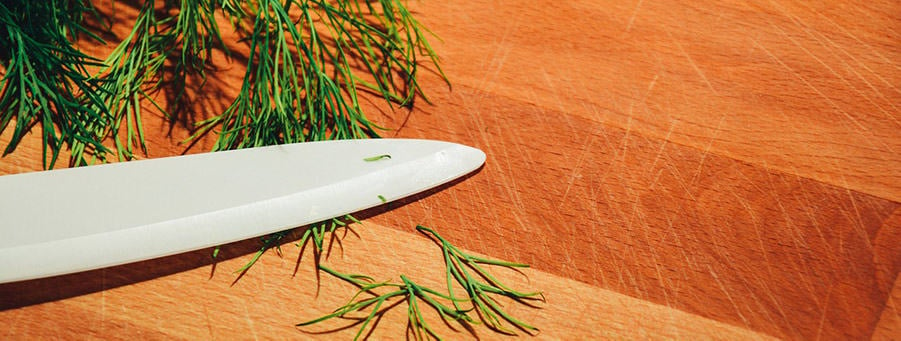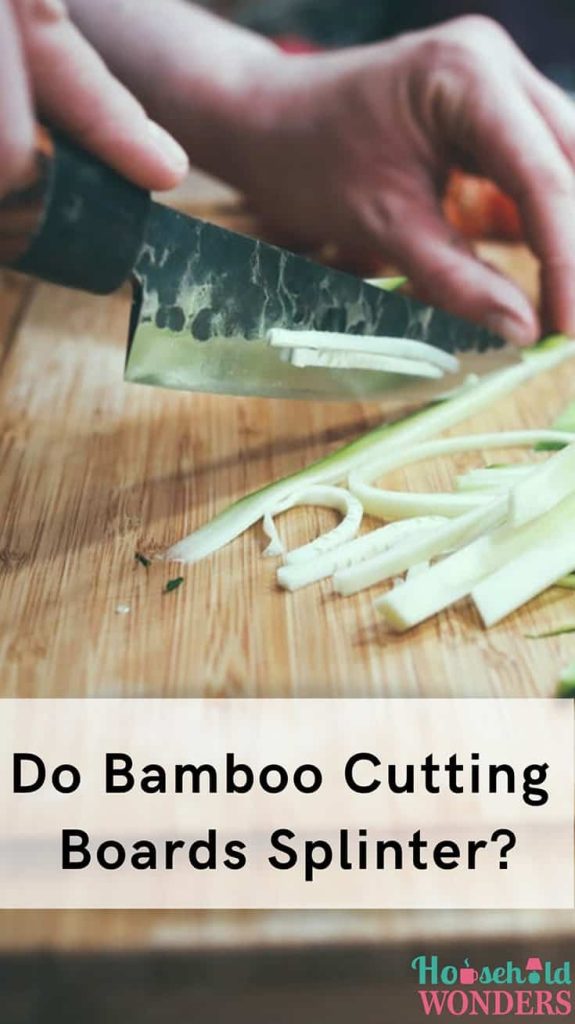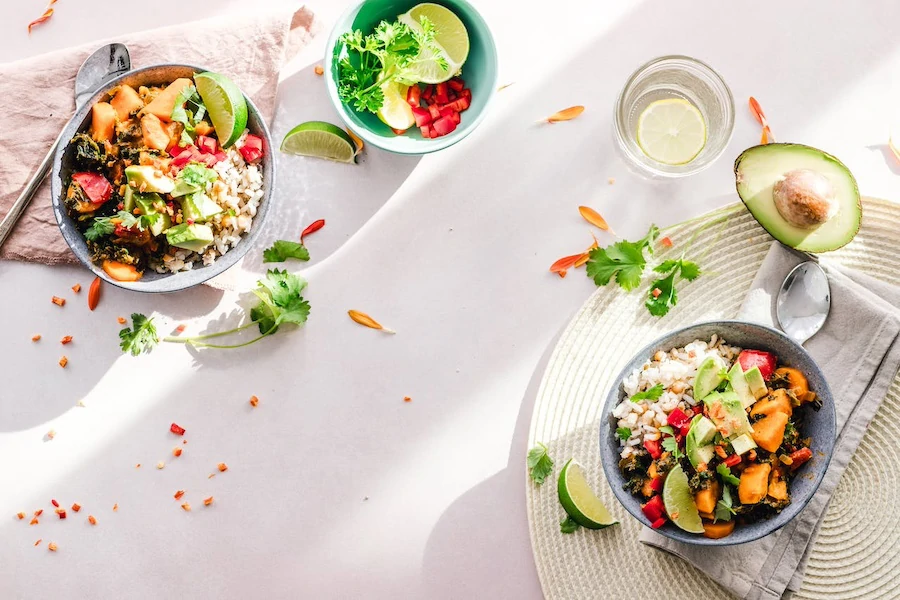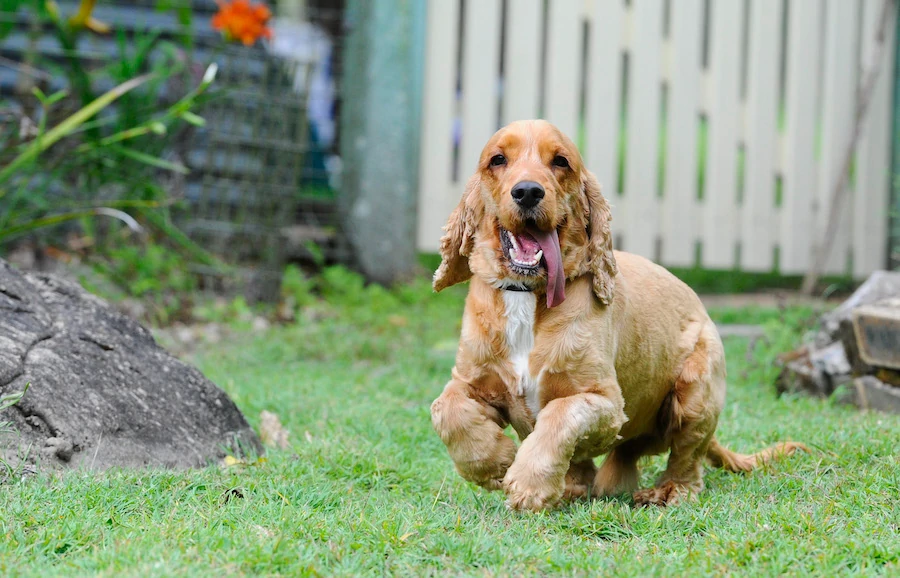
My current bamboo cutting board has served me well over the past three years as I use it daily in the kitchen for almost everything. Since bamboo is such a durable and long-lasting material, I wonder if bamboo cutting boards splinter over time.
So do bamboo cutting boards splinter? With proper care and treatment for a bamboo cutting board, you can avoid splintering and make it last for many years. However, if your bamboo cutting board shows signs of wear and tear, it is time to replace it.
There are several factors that will affect the lifespan of a bamboo cutting board. The correct washing care and treatment along with the right oils will be the difference-maker in getting the most miles out of your bamboo cutting board. A high-quality bamboo cutting board can last years when properly cared for and maintained. On the contrary, neglecting to care for your bamboo cutting board can significantly shorten the lifespan.
Caring For Your Bamboo Cutting Board
To ensure the longevity of your bamboo cutting board, proper care and sanitation are essential. Proper care for bamboo requires lots of oiling because the bamboo can splinter if not cared for properly. To reduce the potential for splintering, here is a list of solutions you can use that will help preserve the quality of your bamboo cutting board:
- Mineral oil – a non-toxic product that prevents water absorption, which makes it a popular choice for wooden kitchen items. Regular application of mineral oil will prevent cutting boards from becoming dry and brittle and cause a cracked board and also eliminate the possibility of germs and bacteria. Thirteen Chefs Food Grade Mineral Oil (link to read reviews on Amazon) is FDA food-safe and works on all types of woods.
- Beeswax – another popular choice for cutting board maintenance. It’s a natural wax produced in the beehives of honey bees and has a variety of applications. Use beeswax to hydrate, shine, and waterproof a cutting board.
- Carnauba – also known as Brazil wax, this wax is derived from the leaves of a palm tree native to Brazil. Carnauba is liked for its glossy finish and water resistance and is often used in automobile waxes, polishes, cosmetics, and even dental floss. Like beeswax, commercially available cutting board creams and oils often contain a mixture of carnauba, beeswax, and mineral oil.
- Coconut oil (fractioned) – when coconut oil is exposed to the air it will eventually go rancid. Fractionated coconut oils, (a fancy way of saying that the oils have been steam distilled) is almost a pure oil that will NOT go rancid. It is superior to most other oils for treating not just bamboo cutting boards, but also kitchen utensils, salad bowls, and countertops.
- Baking soda – baking soda can be used for nearly everything! You can safely use baking soda to remove stubborn stains from a cutting bamboo cutting board or butcher block. Sprinkle baking soda over the offensive spot and rub with a cloth, brush, or sponge dipped in hot water.
- Lemon juice – if your bamboo cutting board begins to smell, a simple trick is to cut a lemon in half and run it across the entire surface. The ascorbic acid in the lemon both reacts with and oxidizes organic material (bacteria and fats) that are the cause of smells and stains. The natural lemon oil also forces any soluble materials to be removed as well.
It’s also worth mentioning to stay away from the following oils/solutions:
- Vegetable oils – olive, corn, and sunflower oil can contribute to rancidification, making your bamboo cutting board smell and the food you use with it rancid.
- Varnish – great for protecting wood, but a big no-no for bamboo. The resin can chip away when exposed to sharp knives and is toxic to humans.
- Rubbing alcohol – rubbing alcohol is a great disinfectant but extremely drying to bamboo. This will ultimately cause your bamboo to dry out and crack. Use a diluted bleach solution or soap to disinfect your bamboo instead.
- Cleaning products – these are usually not safe for food-prep surfaces. They are meant for non-porous surfaces. Your bamboo cutting board will soak up these toxic chemicals.
Cleaning Your Bamboo Cutting Board
- Wash and dry your bamboo cutting board immediately after each use. Don’t ever let your bamboo cutting board soak in the sink or put into the dishwasher! Long exposure to water and heat can warp and crack your bamboo cutting board very quickly.
- Wash your bamboo cutting board with mild soap and rinse and dry completely with a towel. Stand the board up vertically or on a drying rack.
- If using your cutting board for raw meat, poultry, or seafood, sanitize with a very dilute bleach solution 1 tsp of liquid per quart of water (5ml per liter).
Oiling Your Bamboo Cutting Board
To properly oil your bamboo cutting board, put 1/2 cup (118 ml) of food-grade mineral oil in a saucepan and warm it on the stove. It doesn’t need to be hot, just warm enough to enter the pores of the bamboo. Pour the oil onto your dry cutting board and rub in a circular motion with a clean cloth.
Make sure you oil all sides of your cutting board; the mineral oil hydrates and acts as a barrier for the bamboo, giving it some necessary moisture while keeping excess water out. Let sit for 15-20 min then wipe off with a cloth.
Use lemon juice or baking soda if your board develops any stains or smells. Sprinkle some juice or powder over the spot, then scrub it with a damp, warm cloth. Afterward, your board should smell fresh and look clean once again.
Treat your bamboo cutting board with mineral oil (or other solution of choice) at least once a month to keep a consistent shine and water-proofing. If you frequently use your bamboo cutting board (2-3 times/day), you can treat your board with oil every two weeks.
When to Replace Your Bamboo Cutting Board
Treat your bamboo cutting board with regular treatment of oil and rinsing (and love) and it will love you in return. A high-quality bamboo cutting board can last years and even decades!
Unfortunately, even with diligent and proper care, there may be the day that your bamboo cutting board needs replacing. The board can become excessively worn and fuzzy or develop hard to clean grooves from knives and as a result more receptive to bacteria. Keep a watchful eye out for any blackening or discoloration as this can indicate mold or bacterial growth occurring in those grooves. When this happens it is time to replace it.
There’s nothing to worry about producing waste as bamboo is a biodegradable and eco-friendly material.
A word of safety: in addition to bacteria build-up it’s important to avoid cross-contamination. Use one cutting board for fresh produce and bread and a separate cutting board for raw poultry, meat, and seafood.
Bamboo is just one of the many materials you will find for eco-friendly products in the kitchen.
Related Questions
What type of cutting board is most sanitary? Bamboo cutting boards absorb less liquid than wooden boards so they are believed to be more sanitary. Plastic cutting boards are more likely to develop bacteria and much harder to clean and disinfect when knife-scarred.
Why use bamboo? Bamboo is a sustainable and renewable resource that needs no chemicals to grow or be harvested. Bamboo (technically a grass) acts similar to wood, however, it’s harder and less porous, making for a durable material for a cutting board.




